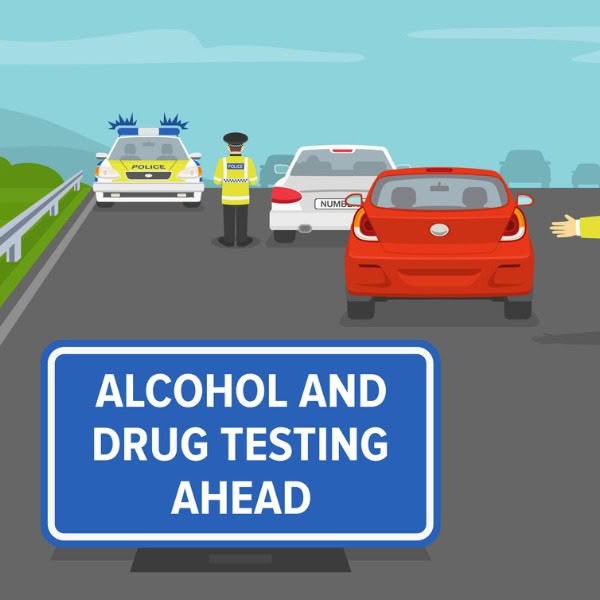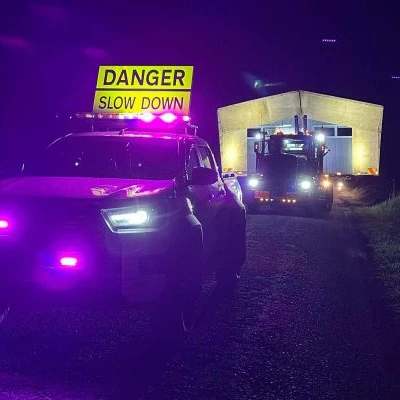
Late in 2019, the Ministry of Business, Innovation and Employment (MBIE) released a discussion document which in RTF’s view appeared to be a thinly veiled effort to recast the determination of whether an independent contractor is an employee or contractor.
It alluded to instances of misclassifying employees as contractors, citing the control and independence tests (that have been settled by past court outcomes). The discussion document implied some contractor models could be recalibrated to definitively identify them as employee arrangements, thereby affording the person(s) concerned typical employee benefits.
Taking this view, the document potentially presented a significant risk to the New Zealand road freight sector by referencing both the dependent contactor (a typical model in some parts of the trucking industry) and the independent contractor, arguing a lack of protections for persons working within either of these two models of contracts for service compared to workers in clearly defined employer/employee arrangements.
Interestingly, the background to the discussion appears to have started out with the need to deal with employment security for gig economy workers and film industry workers both of which require a measure of independence and flexibility due to the itinerant nature of the such work.
This matter is not new and we have been watching developments unfolding over the past 24 months in the State of California with respect to the employment status of owner drivers. RTF has regularly updated its board providing summaries of the situation in the USA, recognising that New Zealand’s employment environment could be contaminated by the what’s happening there.
The test for owner driver independence in USA was the Borello test and it was weighted heavily on the level of control, oversight and supervision relief (lack of influence or integration) that the owner driver role allowed for. The MBIE document used the same approach for NZ to determine when an activity is carried out by a contractor, but it also raised the significance of the grey area that sits outside the independent contractor model that is, the dependent contractor situation. Unfortunately, many NZ owner drivers would appear to fit in to this latter category. The risk the discussion document proposed to the NZ trucking sector hinged on where its alluded to some sort of realignment of employment related definitions.
Perhaps it was coincidental, but the MBIE discussion document emerged in the same time frame as the California State Assembly were considering a similar proposition which resulted in the Assembly Bill No 5 (AB5) emerging in 2019.
The California employment provisions under title AB5 displaced the universally recognised Borello test. The context of the AB5 provisions is outlined below.
Under California’s AB5 law, which went into effect in January 2020, the burden of proof is on the company doing the classifying, using the newly adopted ABC test:
A: that the worker is free from the control and direction of the hiring entity in connection with the performance of the work, both under the contract for the performance of the work and in fact;
B: that the worker performs work that is outside the usual course of the hiring entity’s business; and
C: that the worker is customarily engaged in an independently established trade, occupation, or business of the same nature as the work performed.
The California Trucking Association, supported by the US ATA and various other plaintiffs, argued that the new provisions of AB5 effectively outlawed independent contracting to the extent that some 70,000 owner-drivers would lose their businesses.
US trucking media followed the court action closely and eventually reported that the AB5 court action in California resulted in Judge Benetiz ruling the new provision outlawing independent contacting was in conflict with federal law that provided under federal aviation law unbridled competition for the delivery of services. The Judge took the view the AB5 legislation prevented, or inhibited, freedom of competition for the delivery of goods. He initially issued a temporary restraining order and followed that up with a formal injunction against AB5 applying to the trucking industry. Since that case, other Judges have taken the same view.
However, following a year of litigation seeking definitive interpretational clarification, the US Department of Labor (DOL) on 6 January 2021 issued a final rule interpretation on status of independent contractors under the Fair Labor Standards Act saying it will “promote certainty for stakeholders, reduce litigation and encourage innovation in the economy”.
According to independent US legal sources specialising in independent contractor issues, the new federal rule, due to become effective 8 March 2021, is generally more favourable for truck operators and owner drivers than the so-called ABC test used in the California AB5 law that was used to determine whether a truck driver is an employee or independent contractor.
Bill Sullivan, executive vice president of advocacy for American Trucking Associations reported in Transport Topics stating: “This rule would provide a welcome step in the right direction, providing fleets and independent contractors with needed clarity”.
“Although the viability of this final rule will rest with the incoming Biden administration, we’ll continue to advocate for a system that empowers contractors with the flexibility and freedom they seek and ensures fleets have the capacity to meet surge demand during peak seasons.”
“The final rule explains that independent contractors are workers who, as a matter of economic reality, are in business for themselves as opposed to being economically dependent on the potential employer for work.”
DOL said the rule reaffirms an “economic reality test” to determine whether an individual is in business for him or herself, or is economically dependent on a potential employer for work.
Unfortunately, the final chapter is far from over.
Once again there is a “but” further torturing the process of legal clarification of the independent contractor test, despite some 1800 submissions in favour of the clarification, the majority being from independent contractors.
First up, the Biden administration has announced plans to freeze and reverse or alter Trump’s “midnight regulations” . ATA anticipates the rule may not go into effect in March this year, suggesting its future is in doubt. It is expected that the rule will be frozen and/or rescinded before it can go into effect.
Secondly, the Teamsters Union is also calling on the Biden administration to halt the implementation process. Teamsters believe the rule would make it easier for companies to classify their workers as independent contractors and therefore, not allow them to be covered by federal minimum wage and overtime laws.
Thirdly, a group of ride-hail and delivery drivers are suing to invalidate the California ballot measure approved in November that declared them independent contractors, another step in a year’s long struggle over whether gig workers are employees. Their concern is the November measure designates app-based drivers as contractors under state law, rather than employees entitled to protections like sick pay and worker’s compensation although it arguably provides for some alternative benefits.
At this stage the industry in NZ can only watch and wait to see if the revised interpretation of US contractor legislation is able to reach into employment law here. If it does get traction here, the changes would have the potential to completely change trucking industry service relationships unless, in RTF’s view, a “resource investment test” is part of the qualifying process of whether the relationship is one of being an employee, or that of a contractor.
Government departments are rife with so called contractors who turn up with just a lap top, so it is disappointing the policy makers see the transport sector as a typical candidate industry targeted for contractual relationship recalibration.

